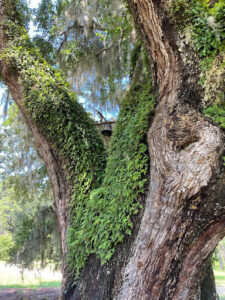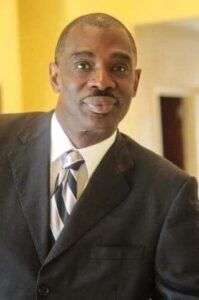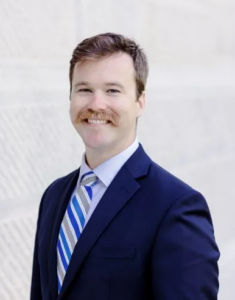Preserving Tenant House Sites is Corrective Justice at Rose Hill Plantation State Historic Site
What does it look like to preserve the legacy of tenant house sites as a crucial piece of plantation history? Find out more about how Rose Hill State Historic Site has documented and preserved these unique sites.



